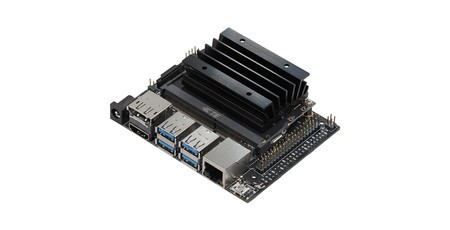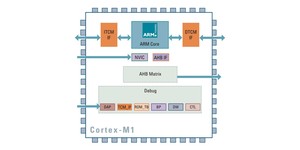
Nvidia has announced it is throwing its lot into the Arm supercomputing market, making its full CUDA general-purpose GPU (GPGPU) software stack available on the platform for the first time - but stopping short of announcing plans to extend its Tegra system-on-chip (SoC) family into the market.
CUDA, originally the Compute Unified Device Architecture, allows for general-purpose and typically non-graphics workloads to be executed on an Nvidia graphics processor. For workloads which parallelise well, this can result in a dramatic boost to performance - which is why GPUs and GPU-style accelerators form a core part of the design of most modern supercomputers. Previously, however, a supercomputer designer looking to make use of Nvidia GPUs for general-purpose GPU (GPGPU) acceleration would have been limited to designing around the x86 or IBM Power architectures; now, Nvidia has confirmed it is making the full CUDA stack available on Arm to follow industry interest in using the low-power chips in future exascale systems.
'Supercomputers are the essential instruments of scientific discovery, and achieving exascale supercomputing will dramatically expand the frontier of human knowledge,' claims Jensen Huang, Nvidia founder and chief executive, of the move. 'As traditional compute scaling ends, power will limit all supercomputers. The combination of Nvidia's CUDA-accelerated computing and Arm's energy-efficient CPU architecture will give the HPC community a boost to exascale.'
'Arm is working with our ecosystem to deliver unprecedented compute performance gains and exascale-class capabilities to Arm-based SoCs,' adds Simon Segars, Arm chief executive. 'Collaborating with Nvidia to bring CUDA acceleration to the Arm architecture is a key milestone for the HPC community, which is already deploying Arm technology to address some of the world's most complex research challenges.'
CUDA has been partially supported on Arm previously - including forming the central core of Nvidia's Jetson family of deep-learning-focused low-power embedded devices, which combine high-performance GPU cores with low-power Arm-based CPU cores in a system-on-chip (SoC) design codenamed Tegra - but the company's pledge extends further than ever before: Nvidia has confirmed it will port its entire stack of AI- and high performance compute-focused software to Arm by the end of the year.
Nvidia's announcement has, naturally, won support from those looking to build high-performance computing platforms around the Arm architecture, including Marvell, Cray, Atos, and the European Processor Initiative - a group which is working on building HPC-suitable custom processors using combined Arm and RISC-V cores for production in Europe.

MSI MPG Velox 100R Chassis Review
October 14 2021 | 15:04








Want to comment? Please log in.